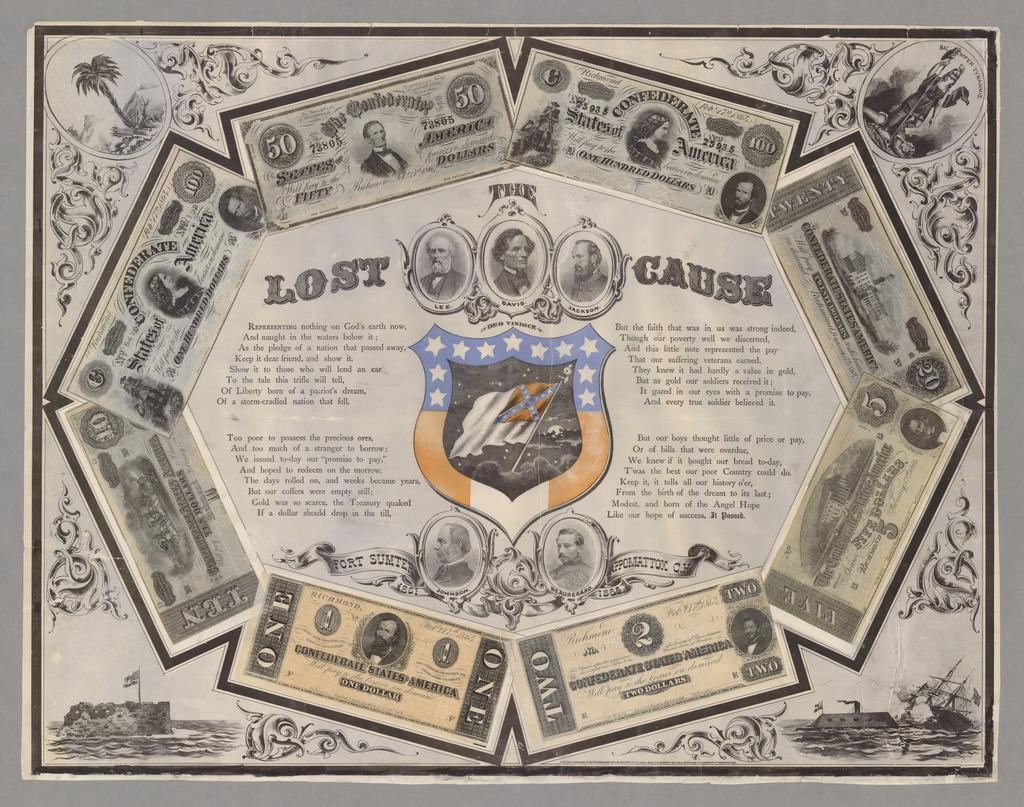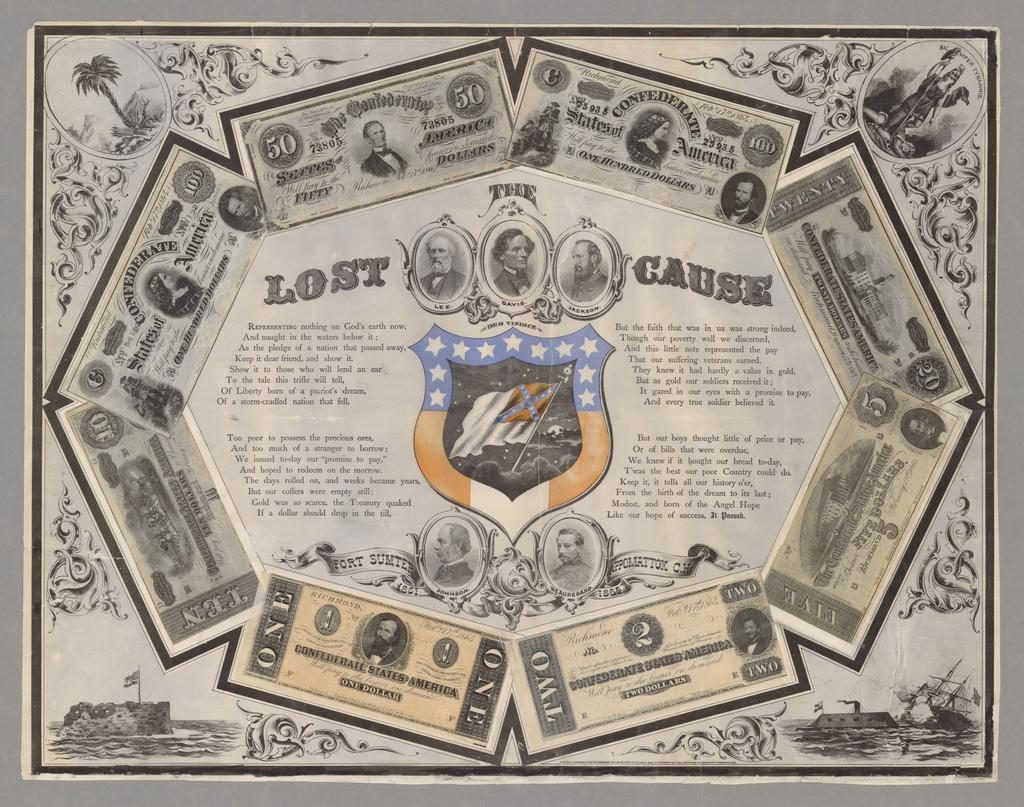It’s a historic understatement to say that we live in weird times.
Part of it comes from the inherent Christian nationalism of the Lost Cause, the collection of myths meant to project an imaginary culture of Southern gentility and graciousness while ignoring the blood and bodies of slaves.
Jim Crow may legally be dead but its ghost continues to walk fearlessly among neo-Confederates who revere the South’s attempts to destroy the United States. Their ability to rewrite history drives theories about why Confederate monuments should not be offensive to African Americans and right-thinking Americans.
It is often said that victors write the history, but in this case, history was rewritten by the losers.
They Can Remove When They Want To
That’s what makes it all the more implausible that removing the bust of Nathan Bedford Forrest from the Tennessee Capitol should have become acrimonious, but then again, we guess we all should have expected it.
Proponents for the bust – in favor of all things Confederate – seem more committed to honoring the divisions of the past than unifying Tennesseans for the future.
From all the talk, you might come to the conclusion that it is a historic bust placed in the
Capital after the Civil War to pay tribute to the slave trader turned Confederate general.
Actually, the bust was placed there in 1978, and designed by the wife of a member of the Sons of Confederate Veterans.
The bust was the idea of Senator Douglas Henry and if you need an idea of him, in 1987, he called for the removal of a portrait of William Brownlow, the Reconstruction Era Tennessee governor who had denied voting rights to Confederate officials and military leaders for 15 years after the Civil War.
In stark contract to the bust of Forrest, Governor Brownlow’s portrait was summarily removed from the Capitol.
No Proportionality With The Forrest Bust
Mr. Henry was also enthusiastic about the 25-foot tall statue of Nathan Bedford Forrest on his horse flanked by Confederate battle flags and placed on I-65. He had state crews clear away vegetation to make sure it could be more easily seen.
The statue was designed by the co-founder of the League of the South, a white supremacist group, and lawyer for Dr. Martin Luther King Jr.’s killer. It sits on land owned by a Nashville lawyer who claims he is not racist but called slavery “social security” for African Americans.
Forrest is praised by neo-Confederates as a hero for his bold military exploits, which inconveniently includes the massacre of African American Union troops and their white officers at Fort Pillow as they were surrendering.
The State Capitol Commission deludes itself into thinking that a monument to a civil rights movement leader in the Capitol cold balance out the Forrest bust.
It’s a specious claim: civil rights leaders were fighting for full freedom as Americans. Forrest was fighting to keep black people from having any freedom. There’s no way to balance that out or think that somehow adding a civil war bust tells the full story of the Civil War.
More to the point, could we just stop talking about the Civil War altogether? It was 159 years ago. The South lost. Get over it.
It defies understanding that some people would try to tie themselves into illogical knots to keep the bust of someone who wanted to destroy our country in the Capitol.
The Good Old Days
Meanwhile, President Donald Trump – who has previously defended Confederate statues – again indicated his support for the Lost Cause in a recent rambling campaign speech in which disparaged Parasite, the much-lauded South Korean film and Academy Award winner for best picture, in favor of that paean to the Old South, Gone With the Wind, whose racism is insidious in enshrining the myth of the Lost Cause.
The book won the Pulitzer Prize for Fiction in 1937, and when made into a movie, it won the Best Picture Academy Award in 1939, awards which say volumes about the effectiveness of neo-Confederate propaganda. Slaves were portrayed as happy, docile, and faithful in a culture where they had no power although they were powering the economy. The novel frequently used a vile racial pejorative for African Americans.
The film has been rereleased several times, including 1961, the centennial of the Confederacy. It also just happened to be released at the same time that courageous civil rights activists rode interstate buses to protest segregation in the South. The Freedom Riders were attacked by mobs, arrested in Jackson, Mississippi, had a bus burned and riders viciously beaten in Alabama, and were greeted by throngs of Klansmen in Montgomery, Alabama.
Here, in 2017, the Orpheum Theatre removed the movie from its summer movie schedule, ending a 34-year showing there. Brett Batterson, president of the Orpheum, rightly called it “insensitive to a large segment of its local population.” The decision was met with a firestorm of criticism, including from recent Presidential Medal of Freedom recipient, Russ Limbaugh, and other white nationalist commentators and publications.
It is a proud chapter in the Orpheum’s history as it stood its ground; however, in 2019, Gone With The Wind was shown at two Malco multiplexes.
Two Telling Movie Favorites
All that is prologue to Mr. Trump’s praise of Gone With The Wind in one of his stream of consciousness stem-winders to fire up the crowd at one of his rallies: “The winner…is a movie from South Korea! What the hell was that all about? We got enough problems with South Korea with trade. Can we get ‘Gone With the Wind’ back, please?”
Amazingly, some of the president’s defenders justified the movie’s racism by pointing out that Hattie McDaniel was the first African American Oscar winner in the Best Supporting Actress category. Never mind that Ms. McDaniel and the other African American actors could not attend the world premiere because the theater in Atlanta was segregated, and that she only was allowed to attend the Academy Awards because producer David O. Selznick called in a “special favor.”
To be fair, Mr. Trump also mentioned “Sunset Boulevard” from 1950, a film – it won 11 Academy Awards – about a delusional movie star living inside her own fantasy world. Its mention got less of a response from the fan base than images of old times in the South when men were men, women fawned over them, and darkies kept in their place.
It’s telling that the movies that came to the president were 70 years and 81 years old, but likely reflect the president’s worldview of when America was the “real” America. That said, apparently, he’s unaware that Academy Awards have previously been won by directors from Britain (although that’s probably ok with him), France, Taiwan, and on five occasions, Mexico.
All in all, it was another reflection of his constant victimhood, mad at Hollywood for its rejection and mad at the Emmy Awards for overlooking “The Apprentice” (he even managed to mention the latter in a presidential debate with Hillary Clinton).
In truth, I guess the only surprise about the president’s comments is what took him so long, but it’s still hard to believe this is where we are in our country’s history.
**
Join us at the Smart City Memphis Facebook page for daily articles, reports, and commentaries relevant to Memphis.





